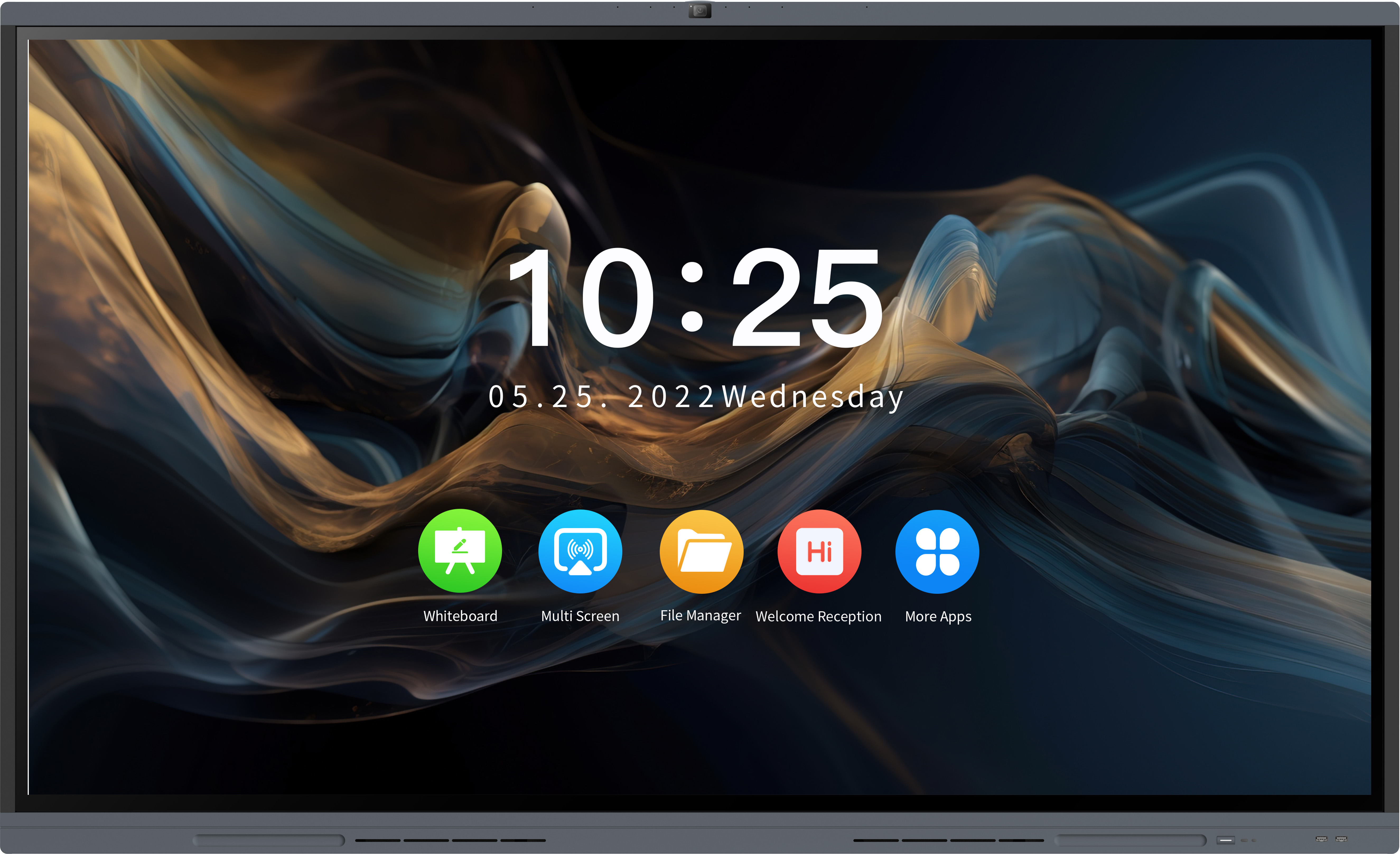Exploring the Power and Potential of Touch Screen Technology

Touch screen interface has emerged as a groundbreaking innovation that has transformed the way we interact with technology. This intuitive and user-friendly interface has revolutionized various industries, from smartphones and tablets to self-service kiosks and interactive displays. With its seamless integration, touch screen technology offers a rich and immersive user experience, empowering individuals to engage with digital content in a whole new way.
Enhancing User Experience with Intuitive Gestures
One of the key advantages of touch screen interface is its ability to respond to natural human gestures. Through simple taps, swipes, pinches, and scrolls, users can effortlessly navigate through menus, zoom in on images, or scroll through web pages. This intuitive interaction eliminates the need for external peripherals such as keyboards and mice, simplifying the user experience and making it more accessible to people of all ages and technological proficiency levels.
Moreover, touch screens support multi-touch gestures, allowing users to perform multiple actions simultaneously. This multi-touch capability opens up innovative possibilities for creative applications, such as digital art and music production, drawing, and gaming. By enabling users to directly manipulate virtual objects on the screen, touch screen interfaces encourage creativity and foster a deeper connection between users and technology.
Applications and Advancements in Various Industries
The adoption of touch screen technology spans across numerous industries, revolutionizing the way we interact with different devices and systems. In the field of education, touch screen interfaces have transformed traditional classrooms into vibrant learning environments. Interactive whiteboards and tablets enhance student engagement, facilitate collaborative learning, and provide immersive educational experiences. Additionally, the healthcare industry is benefiting from touch screen interfaces, as doctors and nurses can efficiently access patient records, input medical data, and operate medical equipment with greater ease and accuracy.
Touch screen interfaces have also become ubiquitous in the retail sector, enabling self-service kiosks and point-of-sale systems to streamline shopping experiences. Customers can effortlessly browse through product catalogs, make purchases, and access additional information with a simple touch of the screen, reducing waiting times and enhancing customer satisfaction.
As touch screen technology continues to evolve, advancements such as haptic feedback and pressure sensitivity are further enhancing the user experience. Haptic feedback provides tactile sensations when interacting with the touch screen, simulating the feeling of pressing physical buttons. Pressure sensitivity allows for varying levels of input depending on the force applied, opening up new possibilities for precise control and navigation.
Embracing the Future: The Limitless Possibilities of Touch Screen Interface
In conclusion, touch screen interface has revolutionized the way we interact with technology, making it more intuitive, accessible, and immersive. Its seamless integration and support for natural gestures have transformed various industries and opened up new realms of creativity and innovation. As advancements in touch screen technology continue to unfold, the potential for further enhancements and applications is limitless. Brace yourself for a future where a single touch can unlock a world of possibilities.

